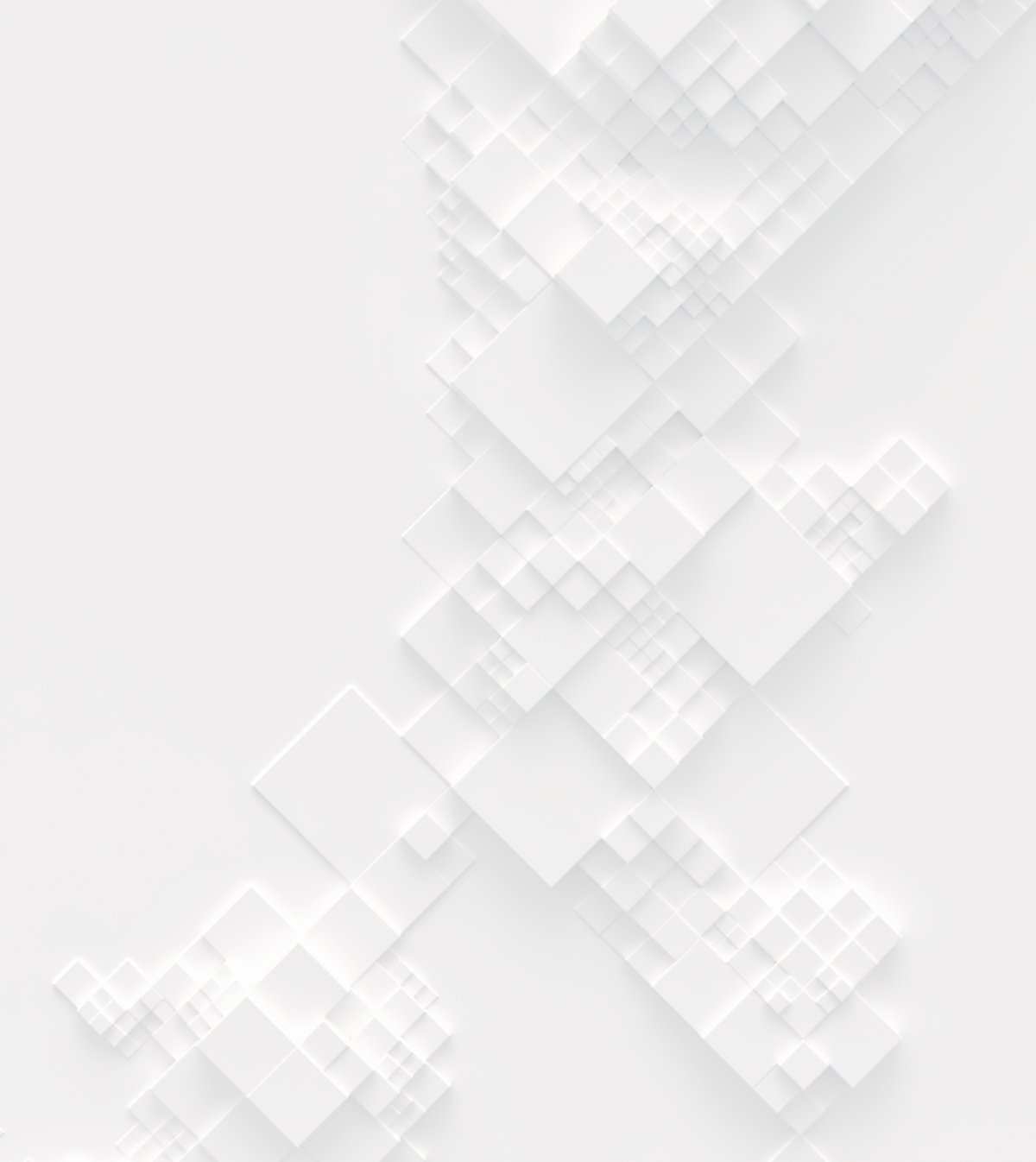No matter how beautiful a rendered image may be, it will never be able to fully convey the scope and feel of a project. With technology moving along leaps and bounds, if architects are not adopting virtual reality into their design process, they’re going to be left behind, and soon.
The availability and affordability of virtual reality head-mounted displays (HMDs) like the Oculus Rift, HTC Vive or even Google Cardboard is growing every day, and VR is now very much a possibility for architects of all backgrounds.

Virtual reality is easily accessible with items such as Google cardboard. Image source
Pairing virtual reality and architecture in practice
HMDs have the power to change how architects and designers create and communicate their ideas long before the structures are actually built. The client can easily be transported into a 3D representation of the working design. The immersive environment gives a much more accurate and representative feel, providing them with a real sense of scale, depth and spatial awareness that cannot be matched by traditional renders, scaled models or animations.
By providing the immersive sensation of actually being inside a building makes it easier to communicate design intent clearly. When clients are unable to understand spatial relationships and scale from looking at a 2D rendering, VR can evoke a positive reaction in much the same way that physical architecture can.
VR could even be used early on at the conceptual stage to explore the relationships between spaces such as the impact of light on a room at different times of the day, or views from aboveground floors. VR makes it infinitely easier to understand these influences than by looking at a scale model or BIM model on screen.
Virtual reality changing the field of architecture
There are still improvements that need to be made to virtual reality technology before it completely replaces more traditional architectural methods. Things like speed, graphics and the ability to let designers alter schemes in real time, will all greatly influence an architect's ability to use VR effectively.
These technologies are already affecting how architects share their work with clients, as well as how they accurately envision projects themselves as they work. Bob Frederick, an architect at the Los Angeles firm Rios Clementi Hale, recently told WIRED that he still worries about the unexpected consequences. These included legal accountability as well as clients having too much information about a project before it’s fully formed.
Architecture firms using virtual reality:
Ennead Architects, New York
The New York-based firm has used virtual reality to help clients visualise both space and data in three dimensions. For instance, in its VR displays it utilises various coloured blocks that display the areas of their proposed Shanghai Planetarium that will receive the most light, with redder blocks signifying more light exposure.

A virtual depiction of Ennead Architects’ Shanghai Planetarium uses a range of colors to show where the sun will land. Image source: ENNEAD ARCHITECTS
ZGF Architects
The architecture firm based in Portland, USA have a VR specialist, and have used Iris on more than 50 projects since 2015. Design principals give feedback on projects while in VR, allowing staff to make changes to designs in real time. These changes often include alterations to lighting and ceiling heights; those dimensions best experienced in VR.
Skidmore, Owings & Merrill Inc
Daniel Cashen is a senior designer at SOM architecture firm and has been using virtual reality software since early 2015. He says that the instinctive nature of VR allows architects to get feedback quicker. “You can get to the point very quickly. It either sells or kills the project right away.”
"VIRTUAL HOME" ARCHITECTURE COMPETITION: Design virtual home as architecture moves into the metaverse
What is virtual architecture? Buildner Architecture Competitions Organisers are looking to explore the future of the industry and creating spaces in a digital world with the Virtual Architecture competition series.
For this competition you are asked to design of a virtual home with a living room and a work-space. Without any physical limits, participants will need to consider what, if any, constraints there are in designing a virtual space. What elements are required in order to make a virtual home feel comfortable and familiar?
Top 3 Reasons Why You Should Enter Architecture Competitions
Curious about the value of architecture competitions? Discover the transformative power they can have on your career - from igniting creativity and turning designs into reality, to gaining international recognition.
Learn more



























